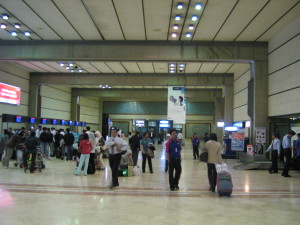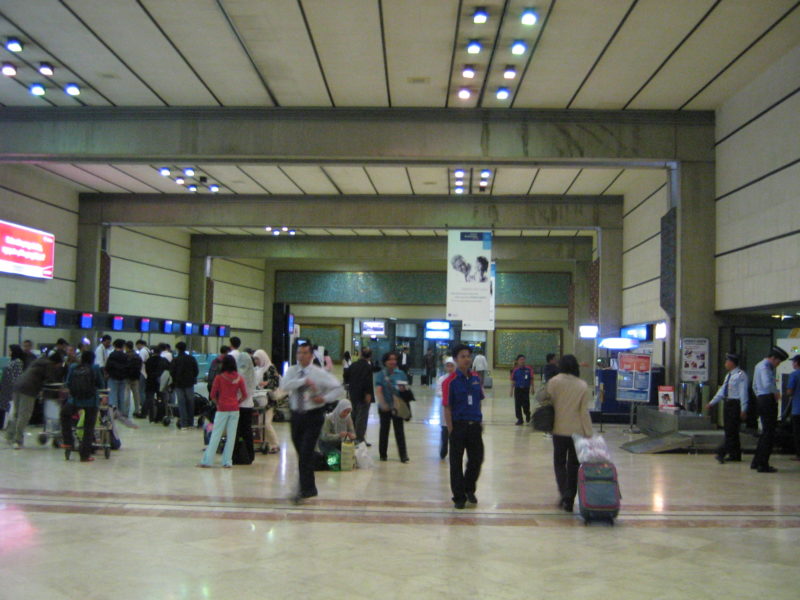 The ASEAN Open Skies policy becomes fully effective by the end of the year, a development expected to bring both challenges and opportunities to Indonesia’s aviation industry.
The ASEAN Open Skies policy becomes fully effective by the end of the year, a development expected to bring both challenges and opportunities to Indonesia’s aviation industry.
The ASEAN Open Skies policy, a key component of the Association of Southeast Asian Nations Economic Community (AEC), involves the multilateral agreement of all 10 ASEAN countries to unite their skies into a single aviation market in a bid to boost the region’s economic growth.
The policy (also known as the ASEAN Single Aviation Market) is expected to bring opportunities and challenges alike for its member countries, including Indonesia, according to a new analysis by the Indonesia Investments website.
The AEC will transform the ASEAN region into a region characterized by a free movement of goods, services, investment, and skilled labor, as well as a freer flow of capital. The creation of the ASEAN Open Skies policy is one of the key components of the AEC’s roadmap. By agreeing to open their skies, the 10 ASEAN member nations have recognized the importance of liberalizing air transport for further economic development.
This move is expected to form a major catalyst for the region’s long-term economic growth, not only regarding growth in the tourism sector, but also for the overall economic integration of ASEAN as transport linkages are crucial for the movement of trade and services.
The liberalized aviation market is expected to boost flight frequency in the region, enhance connectivity between the region’s aviation markets, and encourage higher service quality, while lowering ticket prices for air passengers due to increased competition.
“The Indonesian Transportation Ministry confirmed that international airports in five Indonesian cities—Jakarta, Surabaya, Denpasar, Medan, and Makassar—will be ready to fully open their skies by the end of 2015,” said the report.
But challenges also proliferate, including increased competition, as most Indonesian airlines are feared to be not ready to face the tough rivalry after the full implementation of the ASEAN Open Skies policy.
“The larger number of airports is also a disadvantage. For example, Singapore Airlines will be able to gain passengers in these five Indonesian airports, whereas Indonesian airlines can only fly to one airport in Singapore,” continued the report.
Since Indonesia is Southeast Asia’s largest aviation market, foreign airlines, particularly from Malaysia and Singapore, will be eager to tap this potential by opening domestic routes.
“Analysts say that various issues, such as the government’s tax policies, airport inefficiencies (weak infrastructure), the lack of professional human resources (pilots, aircraft technicians and air traffic controllers), and high aviation fuel costs make Indonesian airlines less competitive compared to their Southeast Asian counterparts,” said Indonesia Investments.
There is also the aspect of safety and reliability. Although Malaysia Airlines and AirAsia Indonesia actually have a good reputation in terms of safety and reliability, many smaller airlines in Southeast Asia are assessed a cause for concern, particularly in Indonesia, added the report.
“There exist a total of 65 airlines in Indonesia. However, nearly all are banned from flying to the European Union and the USA (on safety issues), the exceptions being Garuda Indonesia, AirAsia Indonesia Airfast Indonesia, and Ekspres Transportasi Antarbenua (Premiair). Aviation safety standards in Southeast Asia did improve over the past decade but at a relatively slow pace.”
Photo: Craig





